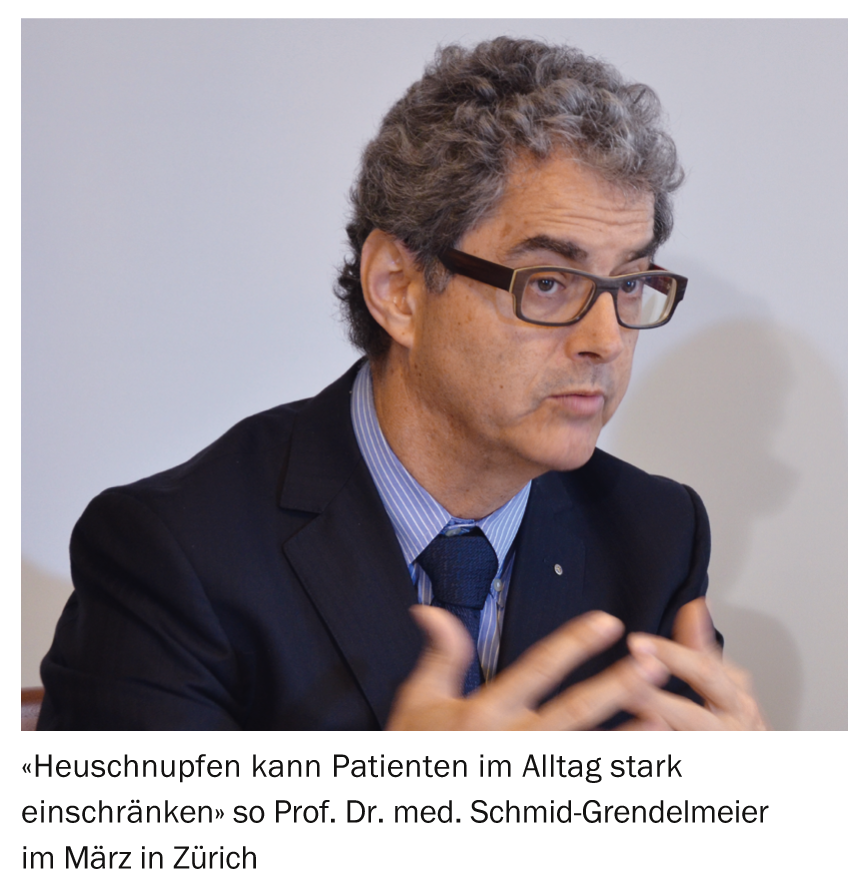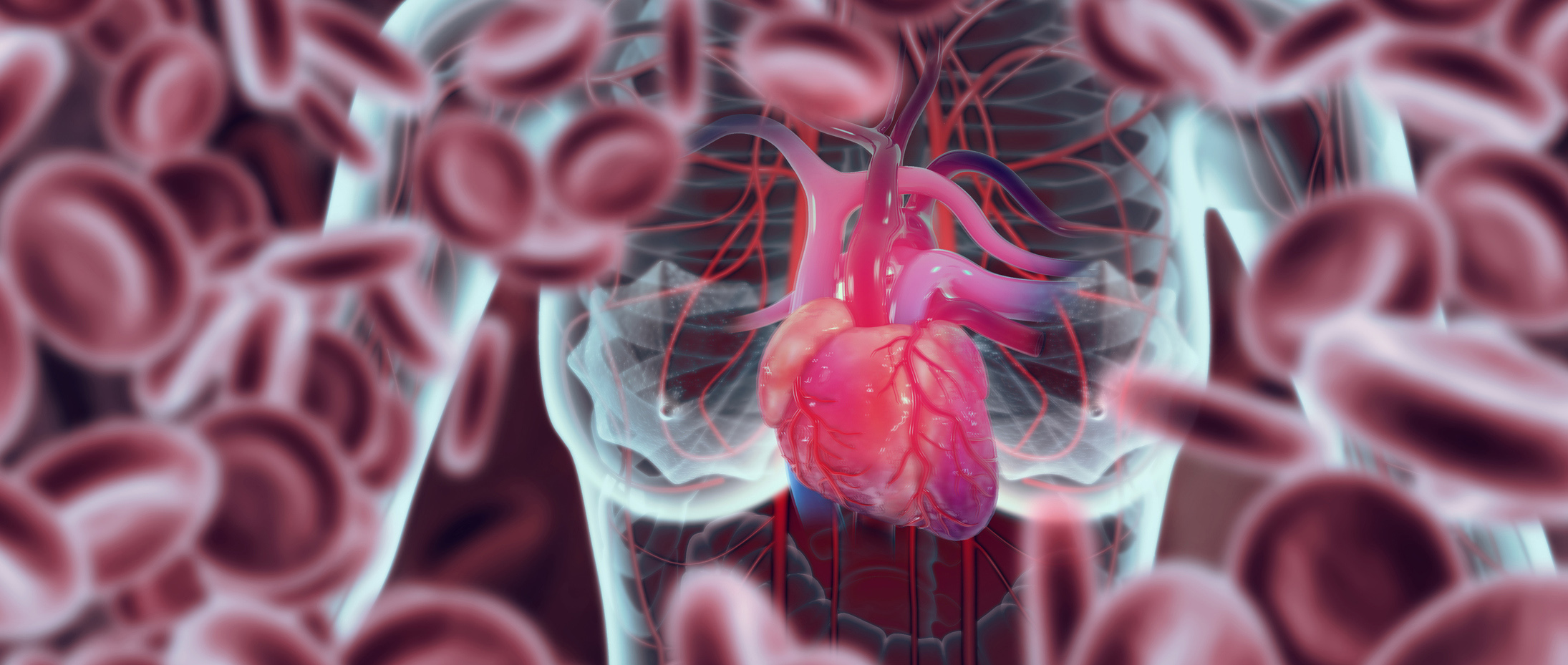Not all people long for sunny and warm days already in the spring. Many suffer from hay fever, an often underestimated common disease. Severely affected patients suffer from reduced performance and sometimes feel severely restricted by the whirling pollen, even in their leisure activities. With Dymista®, physicians have a new therapeutic option whose study results are very promising.
(lg) If one is affected by hay fever, fatigue, an almost permanent feeling of illness as well as a “small pharmacy” are constant companions in spring or summer. Many people are familiar with this condition and the higher the number of pollens patients are allergic to, the longer the condition lasts through the summer. At the media conference in Zurich, Prof. Peter Schmid-Grendelmeier, MD, Zurich, and Prof. Claus Bachert, MD, Ghent (Belgium), spoke about the new approval of Dymista, the study results of which give cause for hope.
Consequential diseases due to underestimated hay fever
About one fifth of the Swiss population suffers from hay fever, of which almost half of all patients take two or even more medications. Since many suffer from a variety of symptoms, a different preparation is used against each of the symptoms that occur. However, controlling the symptoms is anything but easy. If the treatment is applied too late or incorrectly, serious illnesses can result. “It is important to protect patients from secondary diseases, because every third hay fever patient develops allergic asthma. This can then occur not only seasonally, but all year round,” says Prof. Schmid-Grendelmeier on the importance of the right therapy.
The first stage of therapy involves avoidance of the allergen, patients should be encouraged to wash their hair frequently and avoid grasses and pollen. The second step is to treat the symptoms with medication, and the third is desensitization, which is intended to create tolerance to the allergens in question. However, the therapy often turns out to be difficult in practice, because every patient shows different symptoms and is often allergic to several groups of pollens and grasses.
Combination preparation convinces in studies
With Dymista, a novel combination of active ingredients has now been approved for the Swiss market. It consists of an antihistamine and a local cortisone, which is used in its present form as a nasal spray. The advantage: The compound unfolds its effect very quickly, the “pharmacy” that must be carried by sufferers is reduced to one preparation, since according to study results it can also relieve eye symptoms. Prof. Bachert speaks of “a real additive effect” offered by the nasal spray with this drug combination: “The drug was tested in a total of around 4,500 patients not only against placebo, but also directly against intranasal corticosteroids. Here, it was shown to be twice as effective in the overall symptomatology of seasonal allergic rhinitis. This gives many patients new hope.” Patients often cite nasal congestion as the most bothersome symptom, which was also significantly alleviated by therapy with Dymista compared to intranasal corticosteroids.
The correct use of the nasal spray is essential. The primary care physician is encouraged to teach proper use. The head should be bent down slightly and the spray should be sprayed into the right nostril with the left hand and vice versa, according to Prof. Bachert’s precise instructions. “In practice, we see that the drug is well accepted by patients, as symptoms improve quickly. In about four days instead of ten days so far, the overall complex of symptoms improves, which can also improve adherence” is Prof. Schmid-Grendelmeier’s assessment.

Whether the use of Dymista also has a positive effect on allergic asthma cannot yet be conclusively assessed. However, relevant investigations and studies are currently being carried out. The drug is approved in Switzerland for patients over 12 years of age suffering from seasonal allergic rhinitis and rhinoconcunctivitis. The drug showed good tolerability in long-term use over one year. A small group of patients experienced taste disturbances when using the nasal spray. This was the most common adverse event occurring at 2.5%, followed by nosebleeds (1.2%), headache, and cough (1% each).
Source: “Hay fever – an underestimated widespread disease – new therapy gives hope!”, MEDA media conference, March 19, 2014, Zurich.
DERMATOLOGIE PRAXIS 2014; 24(3): 47-48












